Packing for a trip usually means tossing in clothes, toiletries and travel documents, but there’s something many travellers forget: how to keep your devices charged once you’re overseas.
It might sound minor, but overlooking plug types and voltage can leave you stuck with a dead phone or worse, a fried hairdryer. Here’s what every Singaporean traveller should know to stay powered up wherever you go.
Also read: 7 Best Travel Cameras Under S$2,000 for Every Type of Traveller (2025)
What we use at home
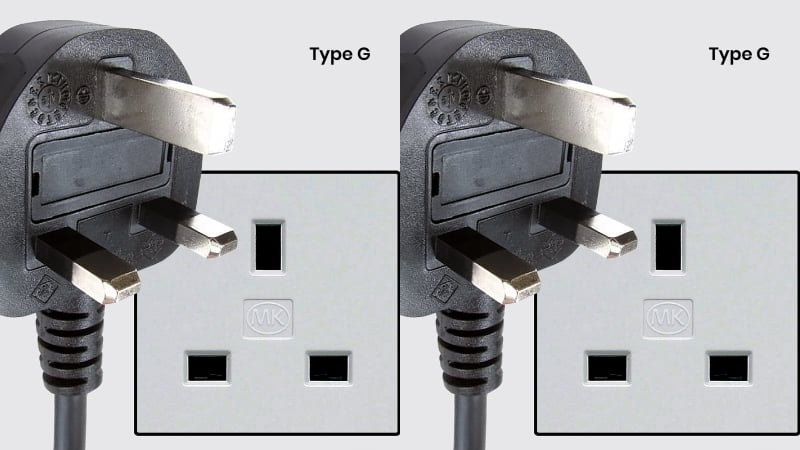
Image credit: World Standards Official Website
In Singapore, things are pretty standard: 230 volts, 50 hertz and the chunky 3-pronged Type G plug. Knowing this makes it much easier to check whether your gadgets will work overseas or if you’ll need to pack an adaptor, a converter, or sometimes both.
What you’ll find overseas
United States and Canada
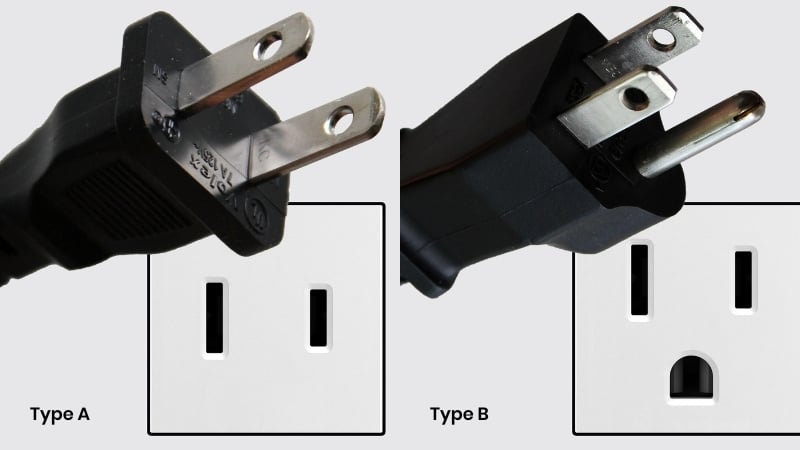
Image credit: World Standards Official Website
In the US you’ll also find Type A and Type B plugs, paired with a voltage of around 110 to 120 volts. Dual-voltage gadgets should be fine, but anything built only for Singapore’s 230 volts might struggle. You’ll definitely need an adaptor to match the plug shape too.
Japan
Japan also uses Type A and Type B plugs with flat pins, but take note that the voltage is only 100 volts.
Most phone and laptop chargers are built to handle this, thanks to dual-voltage design. But single-voltage items like hairdryers may not work properly, or might not work at all.
Philippines
The Philippines mainly uses Type A, and you’ll sometimes find Type B sockets too, especially in newer buildings. Voltage is about 220 volts, so it matches Singapore’s.
Europe
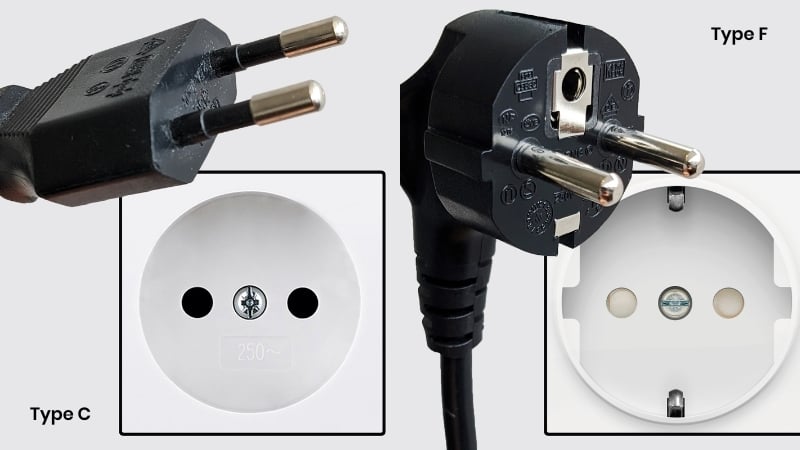
Image credit: World Standards Official Website
Across Europe, the voltage ranges from 220 to 240 volts, which is great for devices from Singapore. The plugs are mostly Type C or F. Even though the voltage lines up, an adaptor is still a must.
South Korea and Indonesia
Both countries use round two‑pin Type C and Type F plugs, and the voltage is roughly 220 to 230 volts, close to Singapore’s. Your devices should work fine with the voltage.
Australia and New Zealand
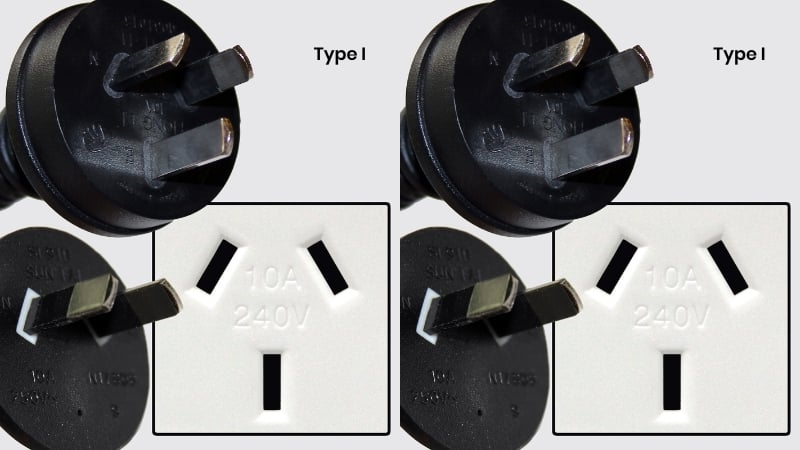
Image credit: World Standards Official Website
Here, you’ll find the same 230 volts we use at home, so your devices will work just fine. Again, the difference is in the plug itself: Type I, which has two angled flat pins and a vertical earth pin.
Other countries in Southeast Asia
Travelling around Southeast Asia can be surprisingly mixed. Countries like Thailand, Vietnam, Cambodia and Laos often have universal outlets designed to take Type A, Type C and sometimes even B, F or others, which explains why when you google “what plug to use in Thailand/Vietnam/etc,” you’ll see a whole list.
The voltage is usually similar to Singapore’s (around 220–240 volts), so converters aren’t often needed. The safest choice, especially if your hotel has older sockets, is to bring an adaptor that fits Type A plugs, since those flat two pins tend to be accepted almost everywhere.
Adaptors and converters: what’s the difference?
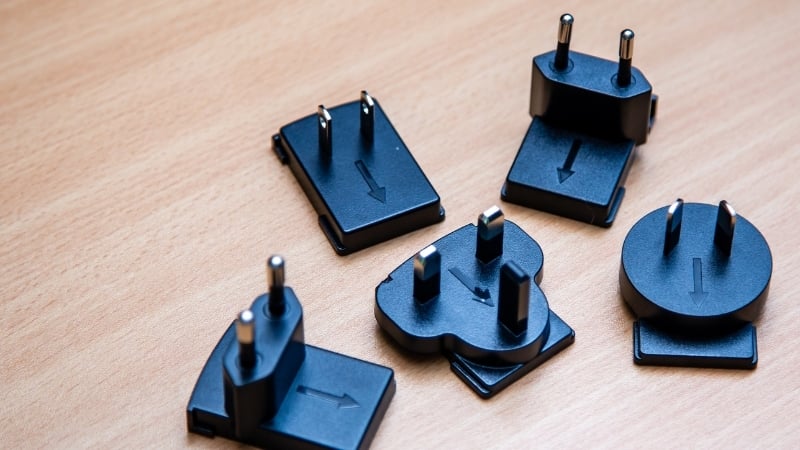
Image credit: Images by Kenny via Canva Pro
An adaptor changes the shape of your plug so it can fit foreign sockets. It doesn’t touch the voltage. A converter, though, changes the voltage itself, which matters for devices that aren’t built to handle different power standards.
Most phones, tablets and laptops these days are dual voltage, so you’ll usually only need an adaptor. You can check the charger label: if it says “Input: 100–240V, 50/60Hz,” you’re good to go. If it lists only a single voltage, like 110V or 230V, then you’ll need a converter when you travel somewhere that uses a different voltage. Older appliances like hairdryers and kettles often aren’t dual voltage though, so to use them safely abroad, you’ll need a converter.
What happens if you use the wrong voltage
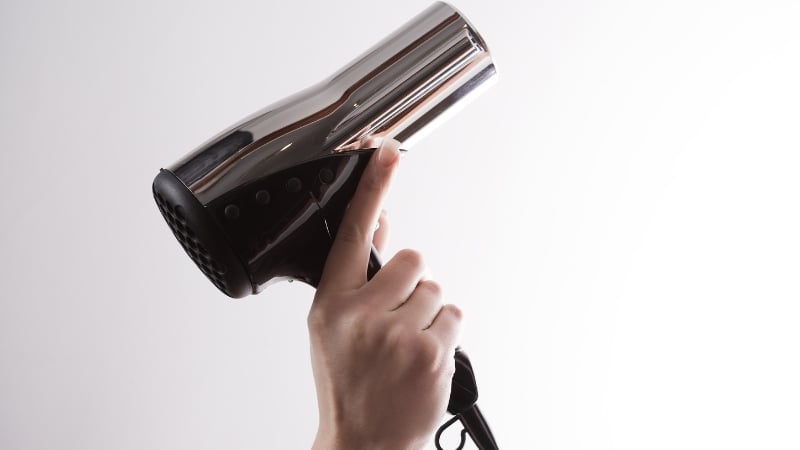
Image credit: Jupiterimages via Canva Pro
Plugging a 230-volt device into a 110-volt socket (like in the US) usually means it won’t switch on or it’ll work poorly. The real danger is the opposite: plugging a 110-volt-only device into a 230-volt socket. That can burn out the device, make it overheat or even spark a fire.
Always check before you go; it only takes a minute and could save your gadgets!
Practical travel charging tips
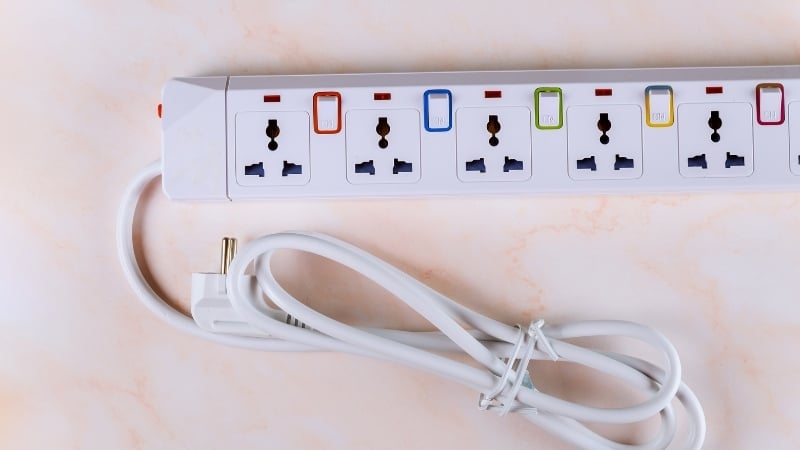
Image credit: valentynsemenov via Canva Pro
A universal travel adaptor with USB ports is a game changer. You can charge your phone, headphones and camera at once without needing separate chargers. If you have room, a slim power strip comes in handy in hotel rooms with limited sockets.
Charging overnight can help too, as power demand is usually steadier. And if you’re heading somewhere known for power cuts, bringing a small surge protector keeps your electronics safe from unexpected spikes.
Also read: Travelling in Hot Weather: Practical Tips to Keep Cool During Heatwaves in the Summer
Charge up for safe travels
Thinking about plugs and voltage might not feel as fun as planning your food stops or sightseeing list, but it really is worth it, and doesn’t take much time at all. With a quick check of your gadgets and the right adaptor or converter, you’ll stay connected, keep your devices safe and can focus on enjoying your trip!





